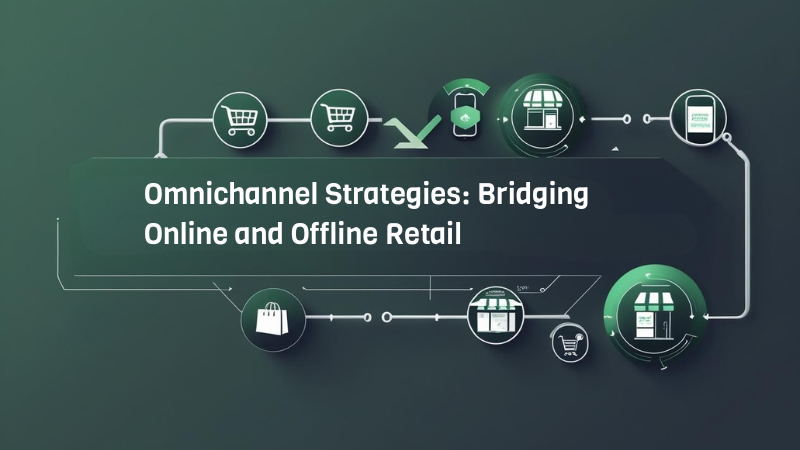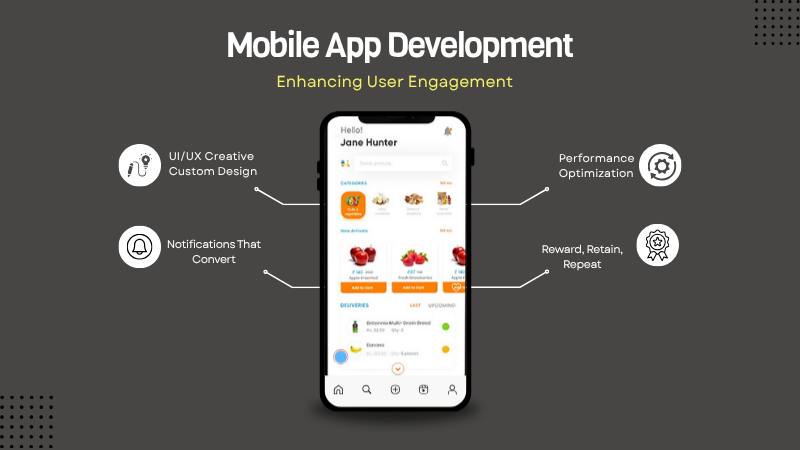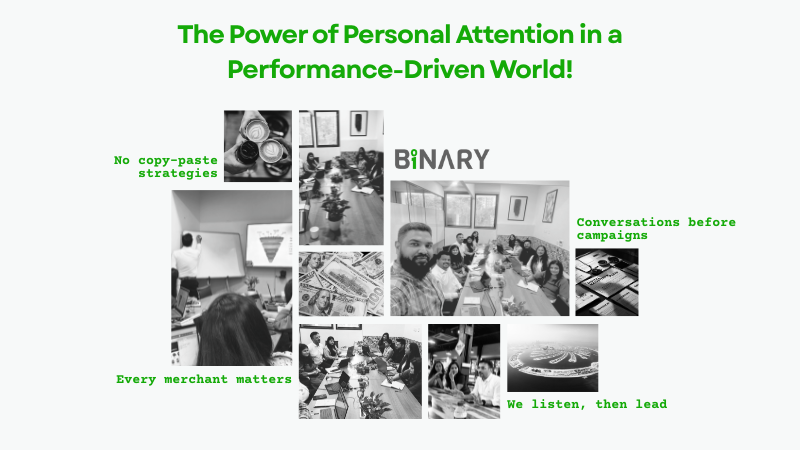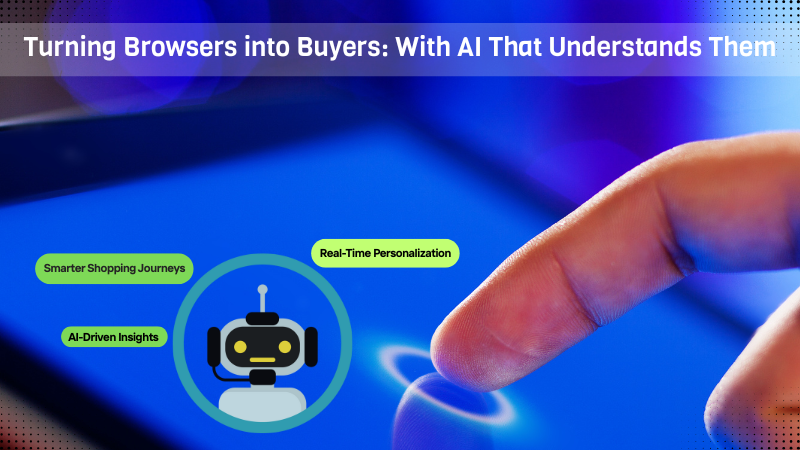It’s a Saturday evening. A customer is browsing your Instagram page on her phone. She taps on a product, adds it to her cart, but doesn’t complete the checkout. The next morning, she walks into your store, asks for the same item, tries it, and buys it — instantly.
Welcome to the age of omnichannel retail — where a single purchase can begin on one device and conclude in a completely different environment.
At Binary, we work with fast-growing D2C brands that are learning to blend digital experiences with physical touch points. This blog dives into why omnichannel strategies are essential, how brands can execute them well, and what mistakes to avoid — all with insights from our Shopify experts in India.
What Is Omnichannel Retail, Really?
Many confuse omnichannel with multi-channel. While multi-channel means being present on multiple platforms (like a website, app, and store), omnichannel means making them talk to each other.
An omnichannel strategy ensures that whether your customer engages with you online, offline, or via mobile — it’s one continuous brand experience. Inventory syncs, customer data updates, and communication remains personalised across channels.
In today’s fragmented commerce landscape, this isn’t a luxury. It’s the expectation.
Why Omnichannel Matters Now More Than Ever?
- Post-COVID Consumer Habits
Consumers now want the flexibility to buy how, when, and where they choose. They might discover a product on Instagram, research it on your site, and buy it in-store or via a live WhatsApp session. - Data-Driven Personalisation
Omnichannel systems allow businesses to track customer journeys more holistically — giving rise to hyper – personalised marketing and loyalty programs. - Increased Conversions and LTV
Studies show omnichannel customers have a 30% higher lifetime value and are more likely to recommend your brand to others. - Consistency Builds Trust
A consistent experience — across your website, app, store, and customer service — builds familiarity and trust, two crucial ingredients for brand love.
A Real-Life Omnichannel Success Story
One of our partner brands at Binary — a luxury wellness brand — came to us struggling with disconnected systems. Their retail POS didn’t speak to their Shopify store, and their mobile app had different promotions than their web store. Customers were confused and churn was high.
We stepped in with a solution:
- Unified inventory and customer data using Shopify’s POS and backend APIs
- Integrated WhatsApp commerce for a seamless consultation-to-checkout journey
- Rolled out QR-based in-store shopping experiences linked to their online profiles
- Tracked user journeys across email, app, and physical store for retargeting
Result?
- A 48% increase in repeat purchases
- 3x boost in in-store conversions from digital channels
- Happier customers who remembered the experience, not just the product
That’s the power of omnichannel.
How to Craft a Winning Omnichannel Strategy?
As e-commerce experts in India, here’s how we guide brands to build solid omnichannel foundations:
1. Start With a Single Source of Truth
Invest in systems that centralise your inventory, orders, and customer data. Platforms like Shopify make this simpler by offering plug-and-play POS, app, and website integrations.
2. Bridge Online and Offline Promotions
Sync discounts, coupons, and loyalty rewards across channels. A discount seen online should be redeemable in-store — and vice versa.
3. Use QR Codes and Smart Packaging
Let your packaging or store displays do more. QR codes can take customers from physical products to digital experiences — guides, tutorials, or upsells.
4. Train Store Staff for Digital
Your offline team must understand online behaviours. Equip them with tablets or mobile apps that help customers look up products, check reviews, or even place online orders from within the store.
5. Measure Everything
Use tools like Google Analytics, Shopify Insights, and offline traffic counters to understand what’s working. Are your app users converting better in-store? Is Instagram leading to walk-ins?
Common Pitfalls to Avoid
- Siloed data and disconnected tools
- Inconsistent pricing across channels
- Lack of attribution tracking for offline conversions
- Failing to offer click-and-collect or return-in-store options
Remember: The customer doesn’t see “channels.” They see one brand. Make sure your systems reflect that.
What’s Next for Omnichannel?
Voice shopping, live commerce, augmented reality in physical stores — the future of retail is more blended than ever. As technologies evolve, brands must keep iterating.
At Binary, we help e-commerce brands grow by building future-ready systems — from custom Shopify solutions to POS integrations and mobile-first experiences. Whether you’re a brand with 2 stores or 200, our Shopify experts can help you scale with a seamless, omnichannel mindset.
Conclusion is
Omnichannel isn’t just a strategy. It’s a commitment to your customer — that no matter where they meet your brand, the experience will be consistent, convenient, and memorable.
And in today’s competitive landscape, that’s what turns browsers into buyers — and buyers into loyal fans.
Need help building an omnichannel experience?
Let our e-commerce experts in India guide you. Get in touch with Binary today.

















